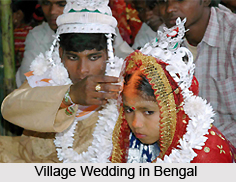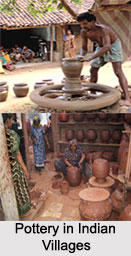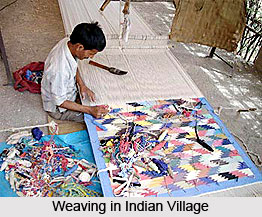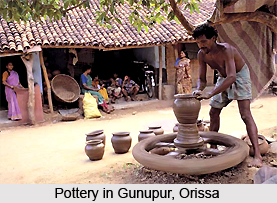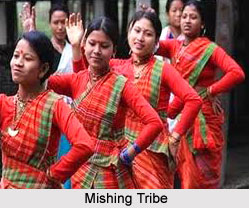Education in Indian villages has always been one of the pillars of the society. The Indian people are well aware of the advantages of education since the ancient period and as a result, a proper educational structure was available in most of Indian villages in ancient period. The people used to send their children to schools at an early age and the children received education on different subjects.
In the ancient period, education in Indian villages was in a good state. The backbone of the education system in ancient India was the Gurukul system. The children used to receive education from their Gurus or teachers in the Gurukul. In a Gurukul, the students lived in the house of their Guru. The Gurus taught the students about the religious texts like Vedas, Upanishads and other texts and also gave lessons about archery, sword fighting, gymnastics, etc. The main objective was to make a student fully prepared to face any kind of difficulties in life. The Gurukul system continued to be in existence for a long period and was practised in the medieval period also. The introduction of Madrassa system was an important event in education in Indian villages during the medieval period.
With the inception of colonial rule in India, the Gurukul system started to lose its importance. The British rulers made huge changes in the educational scenario of the Indian villages and they introduced schools that eventually replaced the Gurukuls. They established schools at primary, secondary levels and also established colleges to provide higher education. The subjects taught in the schools were also different from those taught in the Gurukuls. Apart from Sanskrit and Vedic texts, the students started to learn other languages like English. Giving lessons about archery, sword fighting or gymnastics was also demolished with the course of time.
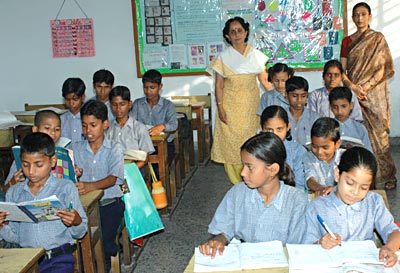 After the independence of India, education in Indian villages witnessed another massive change. The Government of India followed the education system set up by the British to a large extent and established new government schools in the villages. The government viewed rural education as an effective tool for bringing social change through community development. More emphasis was laid on primary education up to the age of 14 years and as a result, many new schools were established in the villages. The children in villages get their primary education from the government primary schools. They are taught various subjects including the languages, mathematics, science subjects, arts subjects, agricultural subjects, housekeeping subjects, etc. The elementary education of eight years has also been made compulsory and free for the children in the villages of India. Apart from that, the government authorities have taken many more steps to further improve the status of education in Indian villages as well.
After the independence of India, education in Indian villages witnessed another massive change. The Government of India followed the education system set up by the British to a large extent and established new government schools in the villages. The government viewed rural education as an effective tool for bringing social change through community development. More emphasis was laid on primary education up to the age of 14 years and as a result, many new schools were established in the villages. The children in villages get their primary education from the government primary schools. They are taught various subjects including the languages, mathematics, science subjects, arts subjects, agricultural subjects, housekeeping subjects, etc. The elementary education of eight years has also been made compulsory and free for the children in the villages of India. Apart from that, the government authorities have taken many more steps to further improve the status of education in Indian villages as well.
In the contemporary period, the status of education in the Indian villages has improved a lot in spite of having many obstacles. The rural literacy rate in India is quite impressive and is increasing day by day. The rural literacy has also been taken as a primary agenda by the government and many private organisations are helping the government to serve this purpose better.
